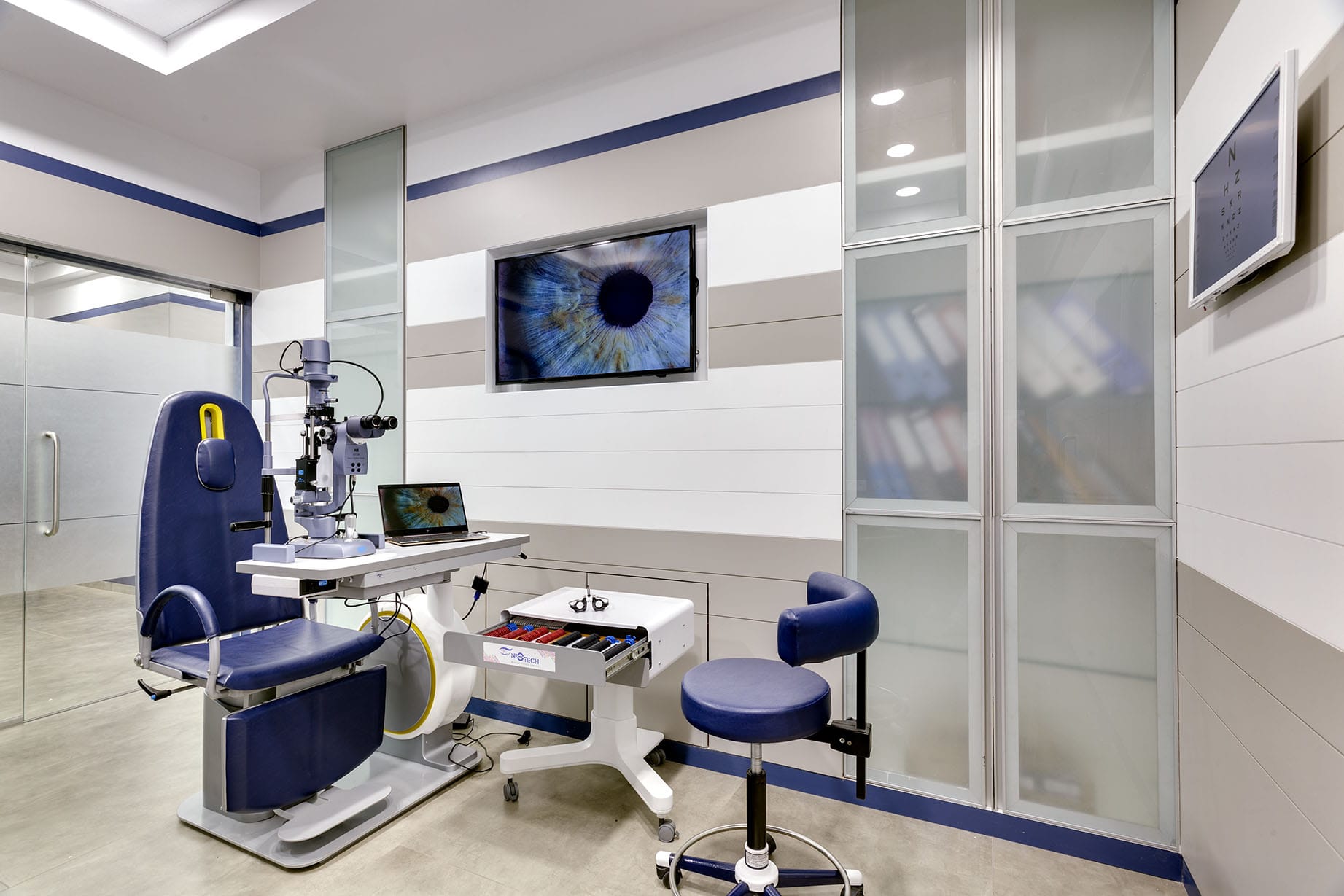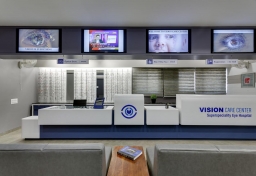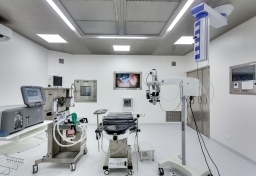
This is an eye reconstructive surgery. It’s a specialized area of ophthalmology that focuses on the eyelids and the structures surrounding the eye, which also includes problems of the Lacrimal (tear) system and the Orbit, the region surrounding the eyeball.
Surgery Procedures
An oculoplastic surgeon performs these procedures. Repairing droopy eyes, obstruction in the tear duct and removal of tumours are some surgeries that are covered in an oculoplastic procedure. Most of these surgeries are performed at the doctor's office with the help of local anaesthesia. If it is performed in a hospital then the patient will have to be sedated.
Eyelid surgery
Also called Blepharoplasty, it is a common eyelid surgery. It is done by creating incisions on the lines of the eyelids. An opening is made after which the surgeon separates this underlying tissue from the skin so that excess muscle, skin and fat can be removed. Sutures are placed by the surgeon in the eyelids’ upper part in order to close the openings, while the lower eyelids may not need sutures depending on the technique that is used. The whole procedure takes up to two hours for both in the lower and upper lids when done both together in one go.
Tear duct
This surgery is also called dacryocystorhinostomy. In this, the surgeon makes a small opening through the skin or nose on the corner that is inside your nose and eye. Here a new opening for tear drain is made from the sac, which is blocked and goes into your nose directly. Sometimes, artificial drainage is placed at the end of your eyes.
Orbital surgery
Much before this surgery, a radiographic test, for example, CT scan, may be necessary. Also, a needle aspiration will be performed to help your surgeon determine what surgical approach to follow. A lot of factors on orbital surgery depends on various factors like the size, location and the degree of the disease present. At times, only a very small incision or sometimes none at all. Large incisions may result in visible scars. Your surgeon's job is to preserve your vision and eye function while repairing or removing the damaged tissues.
Aftercare
Depending on your surgery and on every individual case, your post care at home will differ. Instructions to follow will all be provided. Most of the time, your doctor will suggest that you place cool compresses and to relax after the surgery. Your activity has to be minimal to minimize discomfort, bruising, postoperative complications and swelling. Only after 48 hours, will you be allowed to get up from your bed and move a bit. However, heavy lifting and exercising can be taken up only after a week and two weeks in some cases. The same goes for stitches, which you will get rid off in a period of one or two weeks, depending on your case.




